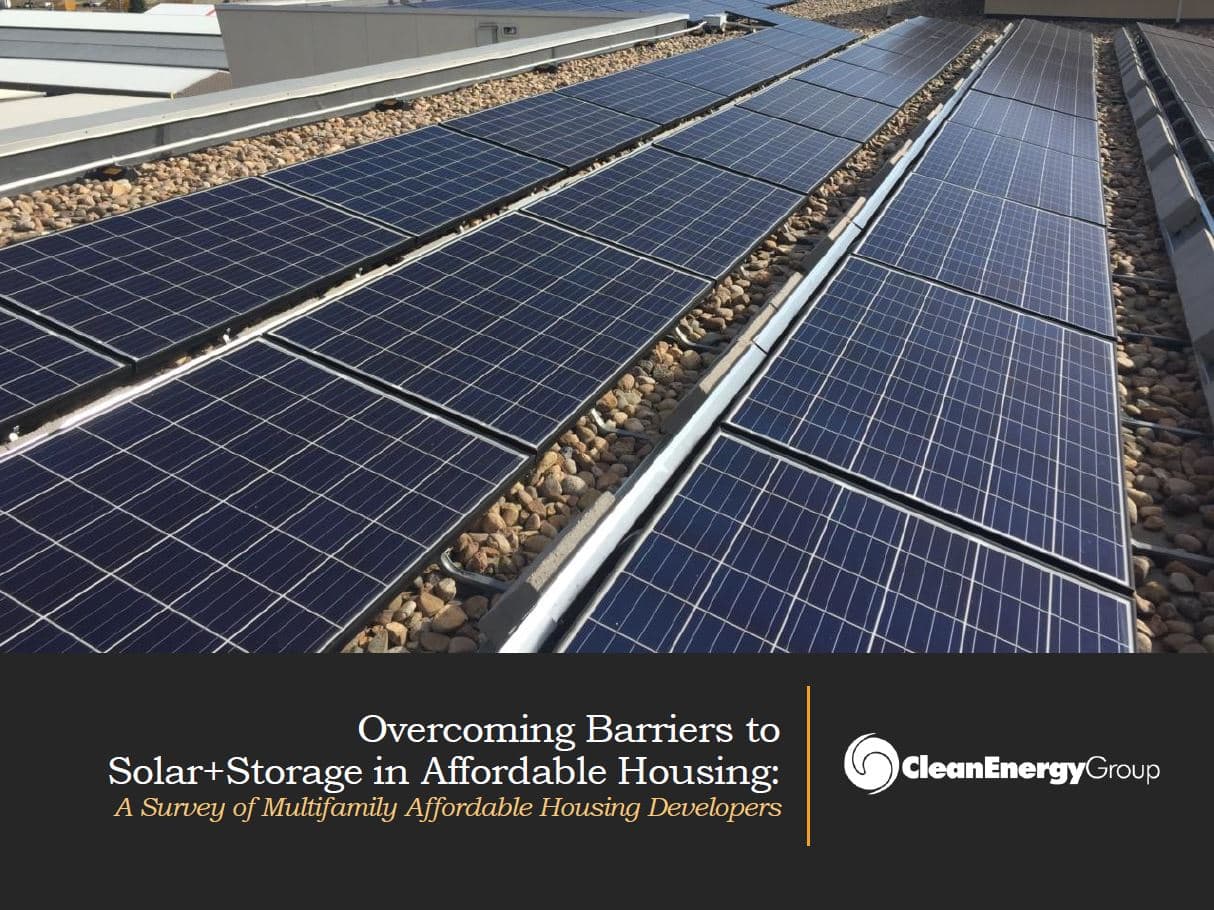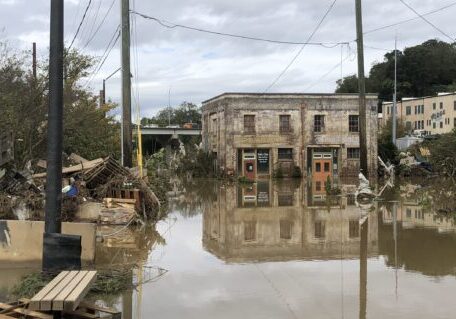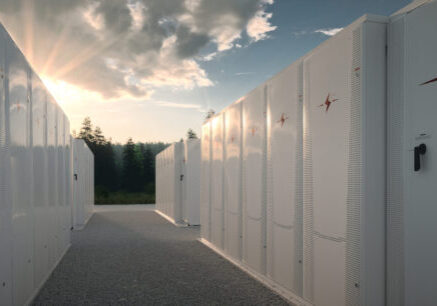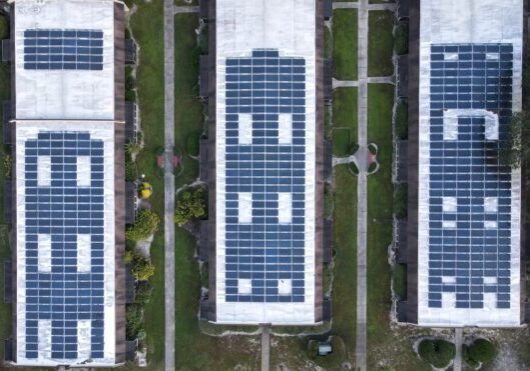January 12, 2021
Affordable Housing Developers See the Benefits of Solar+Storage, But Still Face Obstacles to Implementation
By Abbe Ramanan
The combination of solar PV and battery storage (solar+storage) has been proven to bring economic returns and energy resilience to multifamily affordable housing projects. Despite this, solar+storage has yet to penetrate much of the affordable housing market. Clean Energy Group recently surveyed affordable housing stakeholders to assess what’s holding solar+storage projects back. Our findings reinforced many trends we have encountered in our own work with affordable housing developers, and potential avenues for overcoming the technological, economic, and regulatory obstacles facing solar+storage.
Key Findings
Project Motivations: In addition to affordable housing stakeholders, CEG surveyed organizations engaged in similar work in different sectors in low-to-moderate-income (LMI) communities. One area where affordable housing respondents differed from their peers working in other sectors was in their motivations for pursuing solar+storage projects. While respondents working in other LMI sectors ranked energy resiliency as their number one motivation, respondents working in affordable housing ranked savings on electric bill costs as their strongest motivation.
Barriers: The primary goal of this survey was to unearth the barriers that affordable housing providers are facing when looking to develop solar+storage projects at their properties. These barriers varied slightly by project development stage, with respondents falling into early- or mid-stage development of projects.
- Biggest early-stage barrier: lack of information. One survey respondent mentioned, “I think more awareness of the potential of solar + storage is needed. I really didn’t know anything about it until 2018 when CEG reached out to us.” Over 60% of affordable housing respondents cited a lack of technical knowledge about solar+storage as a common barrier. Battery storage information gaps typically relate to 1) the potential of solar+ storage to improve resiliency for a property, 2) the bill savings battery storage can achieve through demand management, 3) battery storage system costs, 4) space requirements for siting systems, and 5) the availability of state and local programs to improve the economic feasibility of storage projects.
- Biggest mid-stage barrier: permitting/interconnection issues. 83% of respondents had encountered or expected to encounter permitting or interconnection issues with their solar+storage projects. Many respondents noted that utilities can be difficult to work with when dealing with interconnection for solar+storage, in part because it is still a relatively new technology combination. While this is likely to change as solar+storage becomes more common, it does point to the huge burden regulatory uncertainty can add to a solar+storage affordable housing project. As one developer put it, “predictable policy is paramount.”
Financing Considerations: Almost all affordable housing respondents pointed to a mix of state, local, and federal incentives as the strongest economic factors for their projects, though all respondents indicated they relied on a mix of additional funding sources such as grants, demand management, or energy arbitrage. All survey respondents were self-financing at least a portion of their projects. Many developers cited financing burdens as a constant issue for the projects. One stated, “[We’ve had] challenges getting the projects to pencil, even with the rebates provided. It is also challenging to provide 3rd party financing for battery projects,”
Recommendations
Affordable housing is a challenging and underrepresented sector for solar+storage development, and policies seeking to improve penetration in this market should be tailored fit it.
- Increase awareness of battery storage: Creating educational materials such as those catalogued in CEG’s Resilient Power Toolkit can provide important resources to affordable housing developers seeking to learn more about solar+storage.
- Provide technical assistance support: Without access to trusted technical expertise, solar+storage projects can quickly deteriorate at the first obstacle, and few affordable housing organizations have in-house expertise in this relatively new area. Program’s like CEG’s Resilient Power Technical Assistance Fund, which provides small predevelopment grants to organizations exploring solar+storage projects serving LMI communities, can provide valuable early-stage support and connections to trusted solar+storage expertise.
- Develop innovative financing options: Solar+storage is still a relatively new area of investment for many financial institutions, which can make securing financing a challenge even for larger organizations. New, innovative financing options are needed to reduce risks for lenders and developers of affordable housing who want to install solar and battery storage systems. An example of this is the Financing Resilient Power initiative from The Kresge Foundation. The initiative uses a loan guarantee that provides the participating lender with a 50 percent payment guarantee for loans made to solar+storage projects.
- Establish targeted supportive programs and incentives: Supportive programs such a net metering and incentives were the strongest economic drivers for most respondents. Given the need to make a strong economic case to pursue solar+storage across a portfolio, developers are highly reliant on the policy and regulatory context in which they operate to provide not only strong economic incentives, but timeframes for those incentives that ensure stable, predictable benefits over the course of a project’s payback period.
Learn more about barriers facing solar+storage in affordable housing by reading the full report here.















